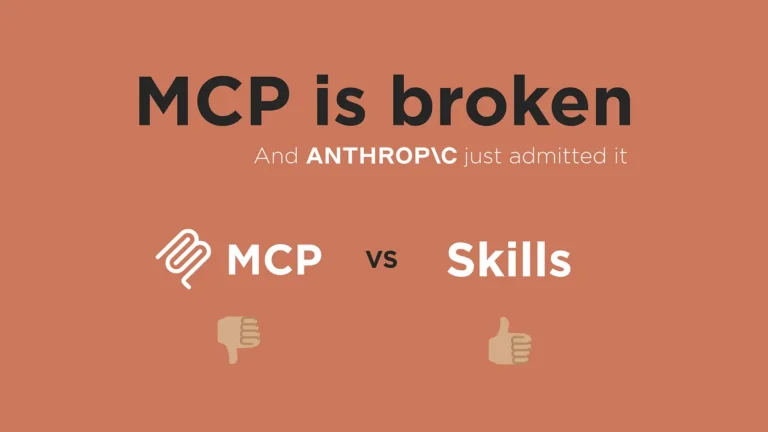MCP Looked Fine in Demos — Until It Didn’t

Why Anthropic’s “Skills” quietly changed how agents should work Let’s be honest for a second. MCP looks great in demos. It feels clean. Structured. Powerful. And then you try to use it in a real system. Suddenly things start to…









